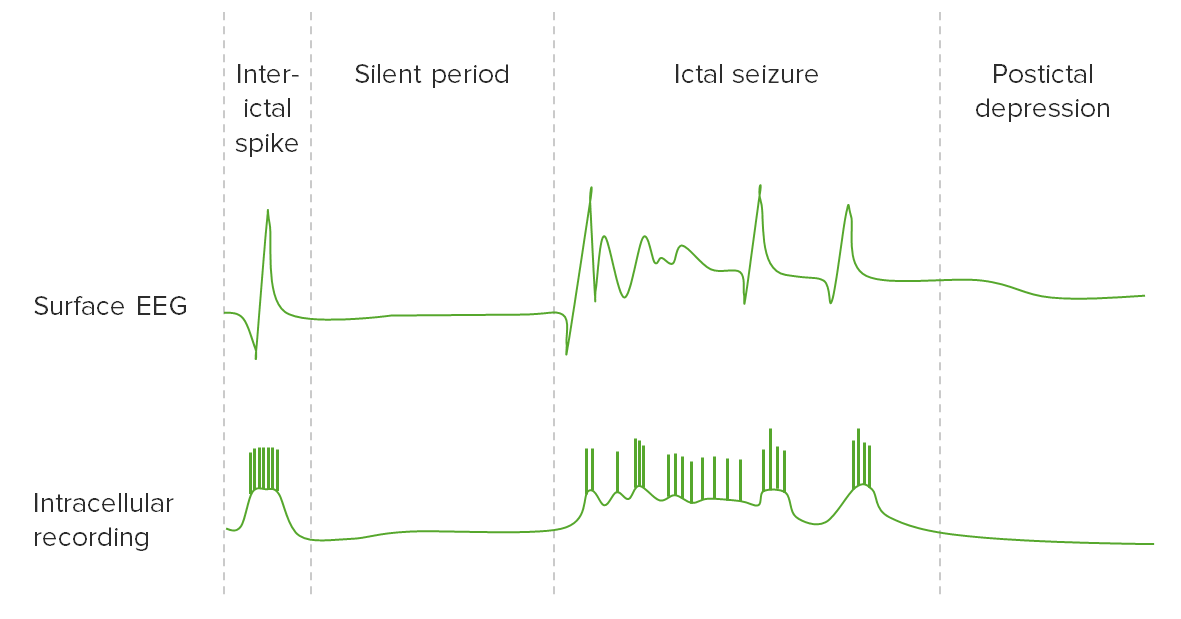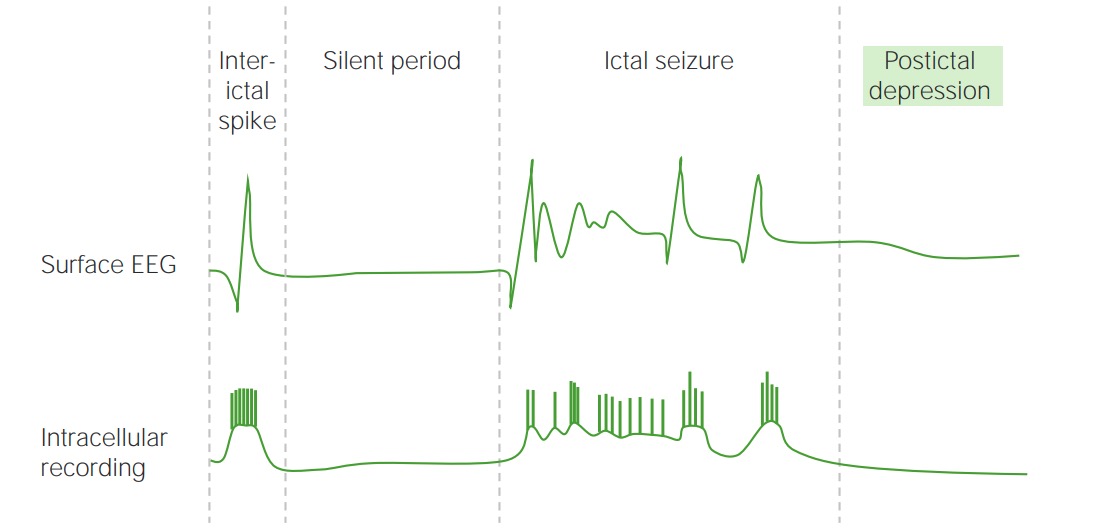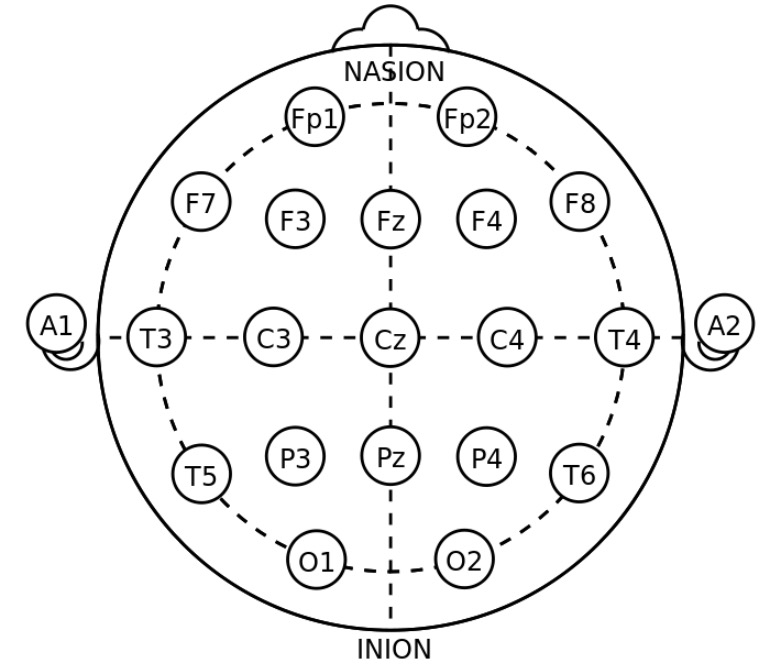Playlist
Show Playlist
Hide Playlist
Seizure: Management
-
Emergency Medicine Bord Seizure.pdf
-
Download Lecture Overview
00:02 So what do we for the patients? Let's say they are there, they're having a seizure, they're in your Emergency Department. 00:08 Check a finger stick, treat it if it's low. 00:11 You wanna make sure your patient is in a safe location, so you wanna make sure that they're, if they're in a stretcher, that the side rails are up. 00:18 Potentially, that there is some blankets or padding on those side rails. 00:23 You wanna make sure that they're not gonna bang their head on lots of other stuff in the Emergency Department. 00:29 Initial treatment is with a benzodiazepine. 00:31 There's a variety of medications that can be used. 00:34 Lorazepam also known as Ativan, is a common one. 00:38 Midazolam also known as versed sometimes used. 00:42 Valium is sometimes used, especially rectal valium in the pediatric patient is a common medication that's used. 00:48 And you wanna make sure that you're dozing those if your patient is having a seizure, and especially in the setting of recurrent seizure. 00:55 For the most part, many seizures will actually stop on their own without intervention. 01:00 This is just for those patients who are having persistent seizure activity. 01:04 So let's say, you've gone ahead, you've treated a blood sugar if its low, you've given benzodiazepine medication and your patient is still having a seizure or they've had a recurrent seizure without coming back to baseline. 01:14 For those patients, you wanna consider loading a medication called fosphenytoin or levetiracetam. 01:21 Fosphenytoin is a medication that is, can be loaded relatively rapidly and potentially should be preferentially given to patients who are on phenytoin as an out-patient. 01:33 Levetiracetam is also known as keppra. 01:36 And again, if someone is on that medication or maintained on that medication as an out-patient, they might be a good person to load that medication with. 01:43 If you're patient's on a bunch of other stuff, you go ahead and you can pick one or the other. 01:49 The next step in seizure management would be phenobarbital. 01:52 Phenobarbital is a very potent respiratory depressant as well, so when you're giving this medication, you probably wanna start getting your staff ready for airway management, because your patient will likely get a very low respiratory rate when they're getting phenobarbital. 02:08 For airway management, after you've intubated your patient and secured their airway, a key thing to remember here is that in order to manage the airway, you need to go ahead and give the patient a paralytic in order to intubate them. 02:22 'Cause you won't be able to intubate them without giving a paralytic and after they're intubated and on a ventilator machine, you wanna sedate them with propofol. 02:31 Propofol is the medication that also has anti seizure activity. 02:35 So by giving that medication, you're adding on a further agent that can help with your patient's seizure activity. 02:44 So for the patients who had a first time seizure, for the most part, those patients, providing they just have one seizure or potentially a second, and they come back to their baseline and have a okay-work-up in the Emergency Department, for the most part, those people can be discharged home with close outpatient follow up. 03:01 So they should get a neurology appointment or be seen by a neurologist shortly after discharge. 03:07 For the most part, we do not initiate antiepileptic treatment or medications. 03:13 If someone has a known seizure disorder, go ahead and check those medication levels and you could potentially load or replete some of their medications. 03:20 The other thing that's important to mention here is that certain states or locations have mandatory reporting for patients who have seizures that they not drive or operate a car. 03:31 So it's very important that you know the recommendations or the mandatory reporting rules in your state and that you report as appropriate or as needed within that location. 03:44 You know, there are some special situations, some of these we talked a little bit already, but just go through them. 03:49 So hyponatremia can lead to seizures. 03:52 The treatment there is with generally hypertonic saline, so a very concentrated seizure sodium solution. 03:59 You wanna be careful when you're treating hyponatremia that you make sure that you don't increase the sodium levels too rapidly, but you do wanna treat them until the seizures do in fact stop. 04:11 Hypocalcemia if it causes seizures can be treated with calcium chloride or gluconate. 04:16 TCA overdose, tricyclic antidepressant overdose is treated with urine alkalinization so you wanna go ahead and give bicarbonate solution in order to alkalinize the urine. 04:27 Salicylate overdose also treated with alkalinization of the urine and hemodialysis for very severe cases. 04:36 Isoniazid is a medication that is used to treat tuberculosis. 04:40 When a patient overdoses on that, pyridoxine which is a vitamin B substance, is the treatment for seizures. 04:48 Cocaine related seizure should be treated with benzodiazepines. 04:52 And a majority of this seizures, actually when in doubt, going ahead and giving benzodiazepines as your first line choice for treatment is not wrong. 04:59 Lithium toxicity, if the lithium levels are severe enough that you are having seizure related activity, hemodialysis is your choice of treatment there. 05:09 Alcohol related seizure, the treatment of choice is lorazepam or some kind of benzodiazepine. 05:17 MDMAs, benzodiazepines are key. 05:19 So MDMA also known as like molly or ecstasy are MDMA analogues. 05:25 And then eclampsia. 05:26 Eclampsia is a condition that develops later in pregnancy for the most part and the treatment for seizures related to eclampsia are magnesium and most importantly, if someone has eclampsia, you wanted that baby to be delivered as quickly as possible 'cause that's really one of the big main treatments for eclampsia. 05:44 So disposition here, a majority of patients can be discharged home. 05:48 Instructions for patients to avoid driving, swimming, and cycling because if they were to have a seizure in those events, it could potentially be very dire situations for them and potentially others as well. 06:00 And it's important to note that some states do have mandatory seizure reporting. 06:05 So the conclusion. 06:06 Seizures are divided into two big categories: Generalized and Partial seizures. 06:11 There are some historical clues that can help point you in the direction of a seizure and rule out other etiologies and those include oral trauma, incontinence and confusion or a postictal period following the event. 06:24 For someone who presents with the first time seizure, evaluation consist of checking a glucose level, a sodium level, a pregnancy test in female patients, and then also most likely a non-contrast head CT. 06:37 Treatment for persistent seizure takes place in a step wise fashion. 06:40 So you wanna go ahead and start by checking that blood sugar, then the benzodiazepine medications. 06:45 The next step would be loading either a fosphenytoin or levetiracetam. 06:50 And then moving on to phenobarbital, and eventually moving on to airway management. 06:54 Now that airway management may need to take place in a different step depending on if the patient develops hypoxia, so always keeping that in mind that the airway is always of paramount importance. 07:04 Be aware of possible airway compromise and intubate your patient as needed. 07:08 Keep an eye on those oxygen levels. 07:10 Hypoxia is gonna be the thing that's gonna kill the patient most acutely in these situations.
About the Lecture
The lecture Seizure: Management by Sharon Bord, MD is from the course Neurologic and Psychiatric Emergencies. It contains the following chapters:
- Seizure: Management
- Transient Ischemic Attack (TIA)
- Management for Special Situations
Included Quiz Questions
Which of the following should be an initial laboratory study when managing a patient in the emergency department with the first episode of seizure activity?
- Checking finger stick glucose
- Liver function tests
- Urinalysis
- Pregnancy test
- Troponin in blood
Which of the following types of secondary seizure is not matched with its appropriate treatment?
- Seizure caused by lithium toxicity — alkalization of urine
- Seizure caused by toxicity with 3,4-Methylenedioxymethamphetamine — benzodiazepines
- Eclampsia — magnesium
- Hypocalcemia-induced seizure — calcium chloride
- Seizure caused by cocaine toxicity — benzodiazepines
Which of the following activities is best avoided in a patient who has had a recent seizure episode?
- Swimming
- Cooking
- Eating
- Aerobic exercise
- Walking
Customer reviews
4,0 of 5 stars
| 5 Stars |
|
1 |
| 4 Stars |
|
0 |
| 3 Stars |
|
1 |
| 2 Stars |
|
0 |
| 1 Star |
|
0 |
A great video, very concise and useful information for all .
i think speaker is going too fast to catch, some drugs doses, mode of delivery and practical problems at bedside should have been covered






